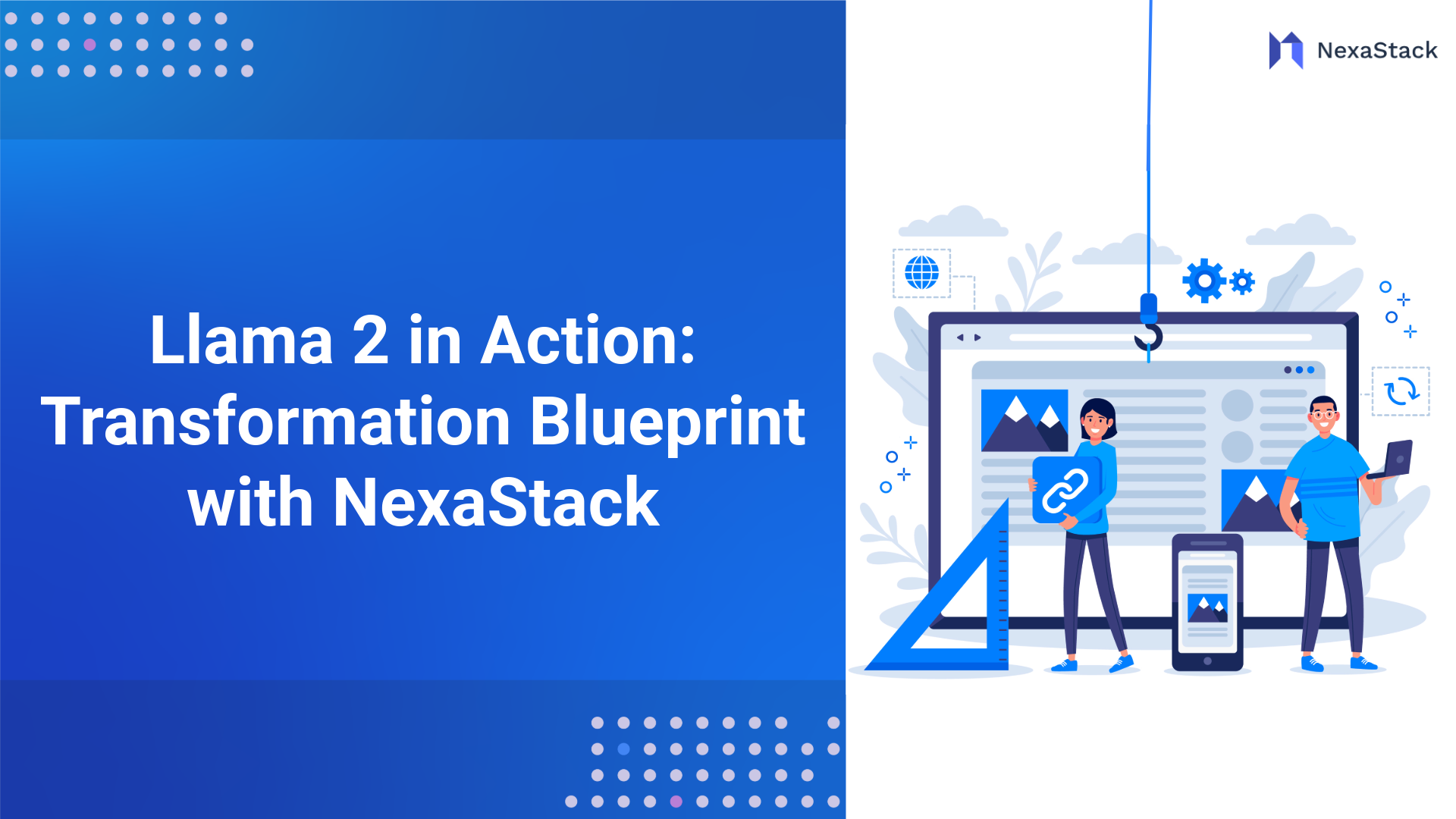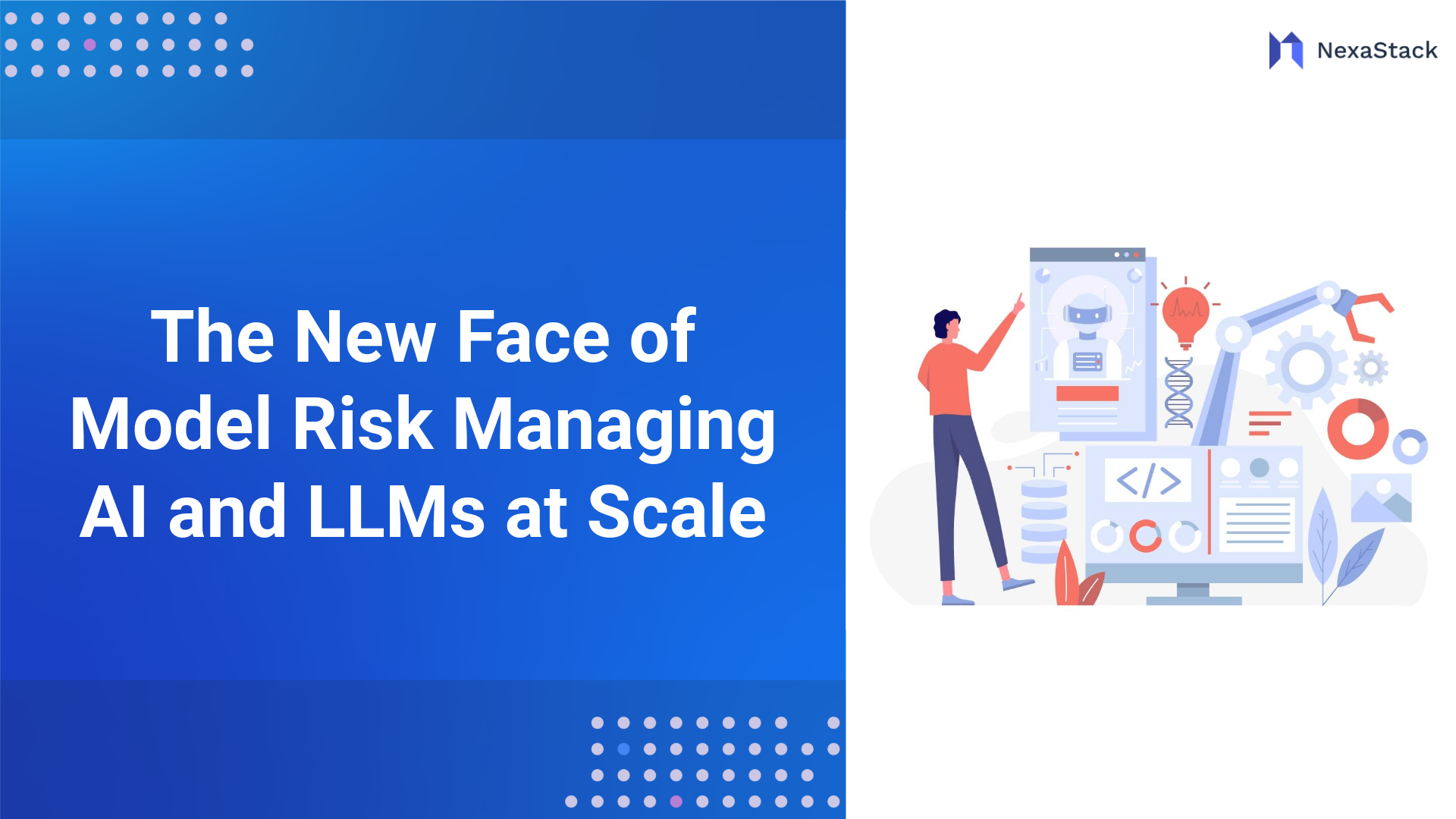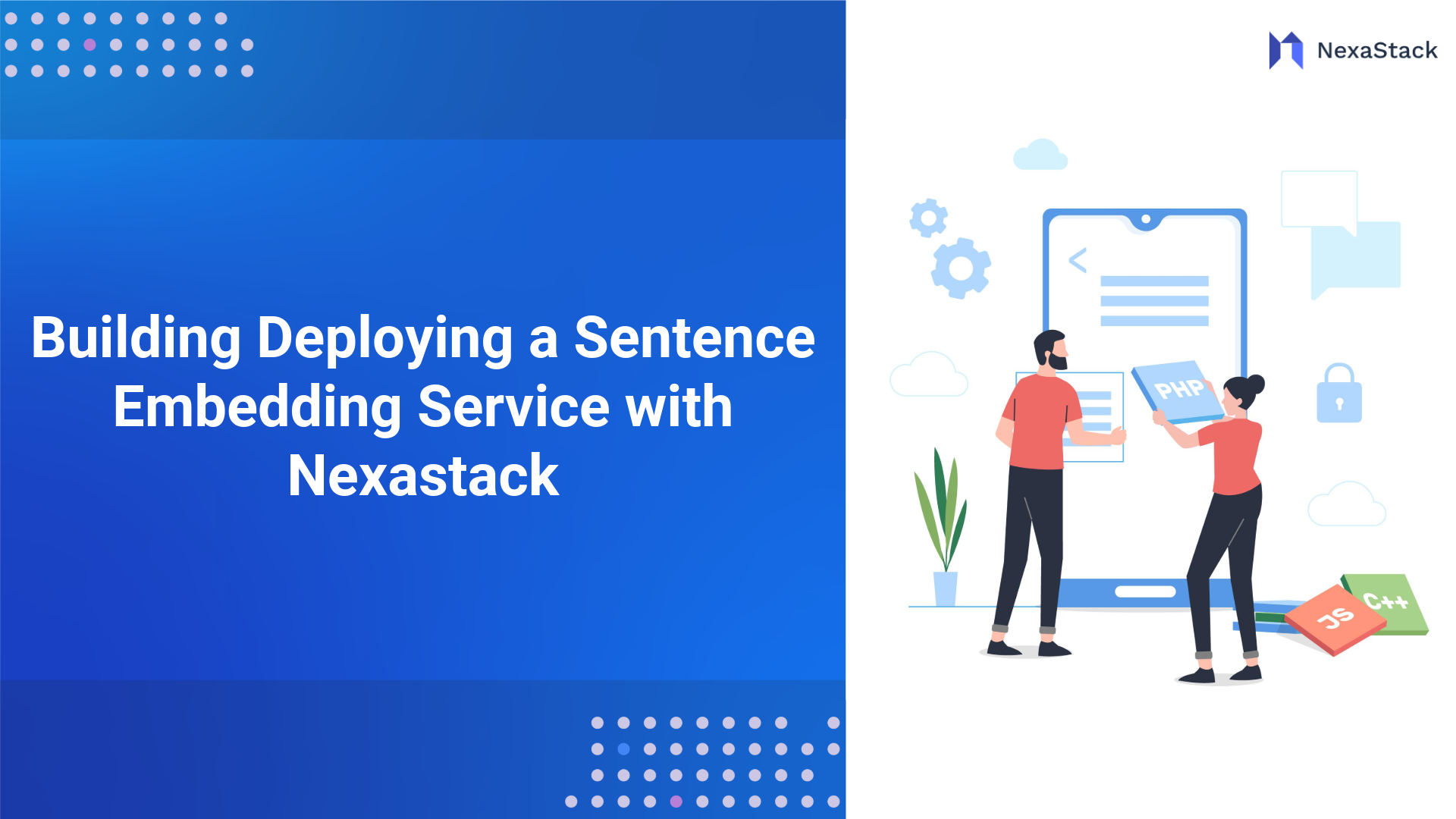Cost Analysis: Proprietary vs. Open-Source Solutions
Proprietary Solutions
Proprietary embedding models are developed and maintained by third-party vendors. They often come with the following characteristics:
-
Higher Licensing Fees: Proprietary solutions can be expensive due to licensing fees, recurring subscriptions, or per-usage charges.
-
Vendor Dependency: Relying on an external vendor means the organization is subject to the vendor’s update cycles, service availability, and pricing policies.
-
Limited Customisation: Although proprietary solutions are often robust and well-integrated, they may not offer the customisation required by organisations with unique data challenges.
Open-Source Alternatives
Open-source embedding models offer an attractive alternative for many enterprises:
-
Cost Savings: Eliminating licensing fees significantly reduces upfront and ongoing costs. The cost benefits become even more pronounced as models scale and evolve.
-
Full Control and Flexibility: With open-source, organisations can tailor the models to meet their specific needs, from fine-tuning algorithms to seamlessly integrating with existing systems.
-
Community-Driven Innovation: Open-source projects are typically supported by vibrant communities. This leads to rapid advancements, frequent updates, and a collaborative ecosystem continuously improving technology.
-
Transparency and Security: Open-source code allows for thorough review and testing by the community, leading to enhanced transparency and potentially lower security risks.
Quantifying the Cost Benefits
While the exact cost savings depend on the scale and complexity of the deployment, studies have shown that open-source solutions can reduce total cost of ownership (TCO) by up to 40–50% compared to proprietary systems. This significant reduction liberates capital and allows companies to reinvest in other strategic areas such as innovation and customer engagement.
Risk Mitigation Strategies for Embedding Models
Implementing embedding models is not without risks. However, with careful planning and robust risk mitigation strategies, organizations can effectively navigate potential pitfalls.
Data Privacy and Security
-
Encryption and Access Control: Ensure that all data processed through embedding models is encrypted in transit and at rest. Implement stringent access controls to protect sensitive information.
-
Compliance with Regulations: Adhere to industry regulations such as GDPR, HIPAA, or CCPA. Open-source models allow organizations to audit code and data handling practices, ensuring compliance with legal standards.
Bias and Fairness
-
Regular Audits: Continuously monitor and audit the models for bias. Regular testing with diverse datasets can help identify and mitigate any discriminatory patterns.
-
Inclusive Data Collection: Ensure that training data represents the diverse customer base. This helps reduce the risk of skewed results that might harm brand reputation or result in regulatory scrutiny.
Reliability and Performance
-
Scalable Infrastructure: Deploy embedding models on scalable cloud or on-premise infrastructure to handle varying loads. Redundancy and load-balancing techniques can improve uptime and responsiveness.
-
Continuous Monitoring: Implement real-time monitoring of model performance. Automated alerts and dashboards can help detect anomalies or performance degradation before they impact business operations.
Vendor and Community Support
-
Active Community Engagement: With open-source models, active community participation is crucial. Engage with developer forums, contribute to projects, and keep abreast of the latest updates.
-
Fallback Plans: Always have a backup or fallback solution if the primary model encounters issues. This ensures business continuity and minimises the impact of unexpected downtimes.
Fortune 500 Success Stories: Real-World Applications
Several Fortune 500 companies have successfully leveraged embedding models to transform their operations, boost innovation, and enhance customer engagement.
Case Study: Retail Reinvention
A leading global retailer implemented an open-source embedding model to revolutionize its product recommendation engine. The retailer could provide personalised recommendations that increased conversion rates by over 20% by mapping customer purchase histories and product features into a high-dimensional vector space. This approach improved the customer shopping experience and drove significant revenue growth by capitalizing on up-selling and cross-selling opportunities.
Case Study: Financial Services Transformation
A major bank deployed embedding models in the competitive financial services sector to analyze customer interactions and predict credit risk. By integrating open-source embedding techniques into their risk assessment framework, the bank was able to reduce loan default rates and improve overall asset quality. The transparency of the open-source code allowed for rigorous testing and validation, ensuring that the models met stringent regulatory requirements while providing actionable insights.
Case Study: Healthcare Innovation
A Fortune 500 healthcare provider turned to embedding models to streamline patient data analysis. The model correlated symptoms with treatment outcomes, enabling clinicians to deliver more personalized and effective care. This initiative led to improved patient satisfaction scores and operational efficiencies, as the model's predictive power reduced unnecessary diagnostic procedures and expedited treatment plans.
Implementation Framework: A Roadmap to Success
A structured framework can guide organisations from ideation to full-scale deployment when implementing embedded models.
Phase 1: Strategic Assessment and Planning
-
Define Business Objectives: Clearly articulate the strategic goals behind adopting embedding models. Whether it’s enhancing customer experience, reducing operational costs, or driving innovation, the business case should be solid and measurable.
-
Evaluate Use Cases: Identify key areas where embedding models can provide immediate value. Prioritize projects based on impact, feasibility, and alignment with strategic objectives.
-
Assemble a Cross-Functional Team: Include data scientists, IT professionals, business strategists, and legal experts to ensure a holistic approach to implementation.
Phase 2: Model Selection and Customization
-
Assess Open-Source Options: Evaluate available open-source embedding models based on performance benchmarks, community support, and ease of integration with existing systems.
-
Customisation and Fine-Tuning: Customise the model to suit your unique data and business requirements. This may involve retraining the model with proprietary data, adjusting hyperparameters, or integrating additional data sources.
-
Pilot Projects: Initiate small-scale pilot projects to test the model’s effectiveness. Use these pilots to gather performance metrics, identify potential issues, and refine the deployment strategy.
Phase 3: Deployment and Scaling
-
Infrastructure Readiness: Ensure that your IT infrastructure can support the computational demands of embedding models. This may involve investing in cloud computing resources or upgrading on-premise hardware.
-
Integration with Business Processes: Seamlessly integrate the model into existing workflows and business processes. This could range from customer relationship management systems to internal analytics dashboards.
-
Training and Adoption: Provide comprehensive training for staff to maximise the benefits of the new technology. Empower teams to understand and leverage the insights generated by the embedding models.
Phase 4: Monitoring, Optimization, and Continuous Improvement
-
Performance Monitoring: Establish key performance indicators (KPIs) to monitor the model’s impact on business outcomes. Regularly review these metrics to ensure that the model remains aligned with strategic goals.
-
Feedback Loops: Create feedback mechanisms that allow users and stakeholders to provide input on the model’s performance. Use this feedback to drive continuous improvement.
-
Iterative Enhancements: The field of embedding models is rapidly evolving. Stay current with the latest research and incorporate iterative enhancements to maintain a competitive edge.
Future-Proofing Your Embedding Model Strategy
Organisations need to adopt a forward-thinking strategy to ensure that their investment in embedding models remains relevant and valuable over time.
Embrace Continuous Learning and Adaptation
-
Stay Abreast of Technological Advances: The world of machine learning is dynamic. Regularly review academic research, industry reports, and community contributions to stay informed about new developments.
-
Invest in Talent Development: Cultivate in-house expertise by investing in training and professional development. Building a team of skilled data scientists and engineers can help the organisation adapt to evolving technologies.
Foster a Culture of Innovation
-
Encourage Experimentation: Create an organizational culture that supports innovation and experimentation. Allow teams to test new ideas and approaches, even deviating from traditional methodologies.
-
Collaborate with the Community: Leverage the power of open-source communities. Contributing to and collaborating with these communities improves your models and keeps your organization at the cutting edge of technological advancements.
Regulatory and Ethical Considerations
-
Proactive Compliance: As data privacy regulations evolve, proactively updating your practices to meet new standards will protect your organization from legal and reputational risks.
-
Ethical AI Deployment: Implement frameworks that ensure the ethical use of AI. Regular audits for fairness, transparency, and accountability will build trust with customers and stakeholders.
Scalability and Agility
-
Flexible Infrastructure: Build a technology stack that can easily scale as your needs grow. Cloud-based solutions, microservices architectures, and containerization can provide the agility to handle increasing data volumes and computational demands.
-
Strategic Partnerships: Consider forming strategic alliances with academic institutions, research labs, and technology vendors. These partnerships can provide early access to emerging innovations and help you stay ahead of competitors.
Transforming the Future with Embedding Models
Embedding models transforms the digital landscape by converting complex data into actionable insights, helping businesses make smarter decisions and enhance customer experiences. By embracing open-source solutions, companies reduce costs and maintain complete control over their technology without being tied to a single vendor. Major corporations across industries have already leveraged these models to drive innovation and achieve sustained growth. Integrating embedding models into business operations is a strategic move that positions organizations to thrive in an increasingly data-driven world.






